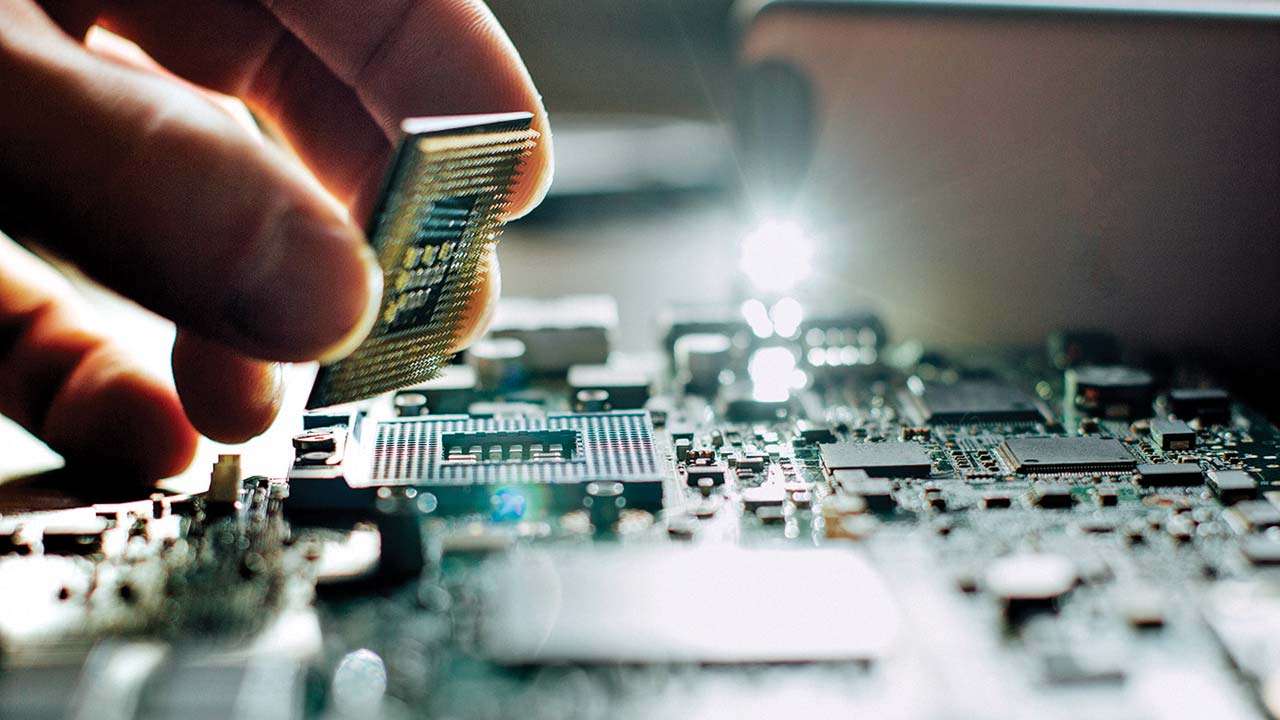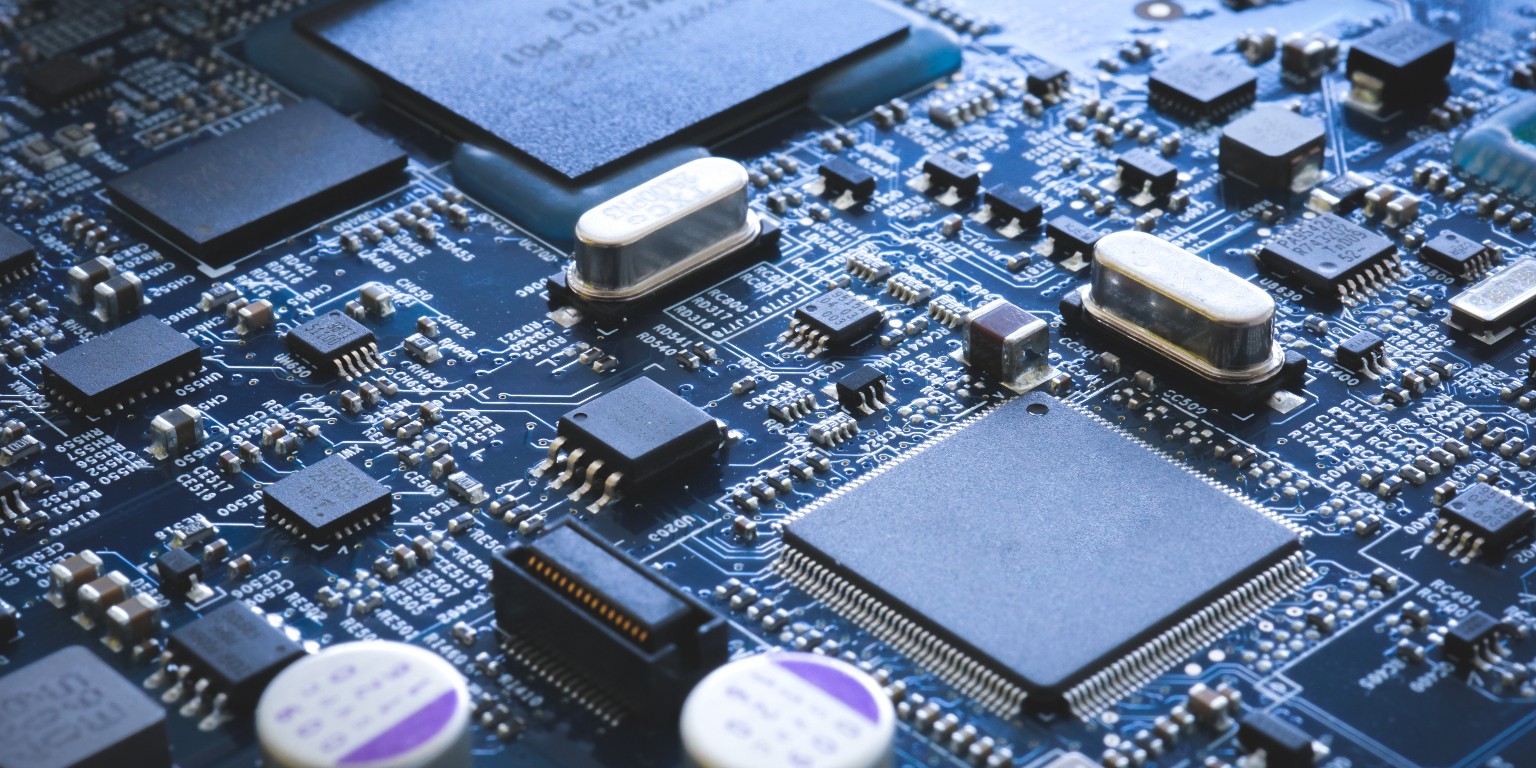Power over Ethernet (PoE) cameras are rapidly becoming the go-to choice for large-scale security systems. Whether managing surveillance for a corporate campus, a large warehouse, or a sprawling retail network, the demand for efficient, scalable, and reliable solutions is driving organizations to adopt PoE technology. But what makes PoE cameras superior for expansive security systems?
This article takes a closer look at the unique capabilities of PoE cameras and why they are perfectly suited to address the challenges of large-scale security operations.
Simplified Infrastructure and Installation
Managing extensive surveillance systems often involves a maze of wiring, power outlets, and network configurations. PoE cameras drastically simplify this complexity by transmitting both power and data through a single Ethernet cable. This eliminates the need for separate power sources, reducing installation time and costs.
A study by MarketsandMarkets found that by 2028, the global PoE market size is expected to reach a staggering $2.4 billion, driven by its utility in surveillance, access control, and smart building applications. For system integrators, this streamlined wiring means quicker setups, fewer errors, and significant cost savings, particularly for large-scale deployments.
Enhanced Scalability for Growing Systems
With large-scale security operations, expansion is almost always on the horizon. Whether it’s adding new surveillance zones or upgrading existing systems, scalability is key. PoE technology integrates seamlessly into existing network architecture. Ethernet switches and network video recorders (NVRs) not only support the connection of multiple cameras but also allow for easy future expansion with minimal disruption.
According to a 2023 Allied Market Research report, industries like transportation, healthcare, and education are seeing increased adoption of PoE camera systems due to their flexible and scalable nature, ensuring these sectors can efficiently expand as security challenges grow.
Superior Reliability and Centralized Power Management
The reliability of PoE cameras is another major draw for large-scale systems. Traditional cameras rely on external power sources, which can lead to downtime during power outages. PoE cameras, however, can be paired with an uninterruptible power supply (UPS) to ensure continuous operation, even during electrical failures. This real-time power management ensures critical areas remain monitored 24/7.
Furthermore, with centralized power management, IT teams can monitor and control all connected devices from a single hub. This reduces the need for on-site maintenance, which is especially valuable for vast facilities like airports or industrial complexes.
High-Resolution Surveillance Data with Long-Range Connectivity
One of the most significant advancements in modern security technologies is the demand for high-resolution video. PoE cameras support HD, 4K, and even advanced infrared imaging with minimal latency. Their ability to transmit large volumes of data efficiently is critical in large-scale systems where hundreds or even thousands of cameras need to relay real-time footage.
Additionally, PoE technology supports cable runs of up to 100 meters (328 feet), making it ideal for sprawling campuses and extended layouts. For locations where longer distances are required, PoE extenders can be implemented to maintain seamless connectivity.
The Integration of Advanced Technologies
PoE cameras often come equipped with features such as motion detection, facial recognition, and AI capabilities, making them future-ready for evolving security needs. These advanced functionalities are essential for providing actionable insights in large-scale operations, where manual monitoring can be overwhelming.
A report by Statista found that the global video surveillance market, valued at $48 billion in 2022, is expected to grow significantly due to the increasing implementation of AI-powered PoE cameras.
A Strategic Choice for Enterprise Security
For any organization managing large-scale security, efficiency, scalability, and reliability aren’t optional—they’re requirements. PoE cameras deliver on all these fronts while offering advanced surveillance features to stay ahead of emerging security trends. With the continuous evolution of PoE technology, businesses can ensure their security systems are both state-of-the-art and future-proof.











